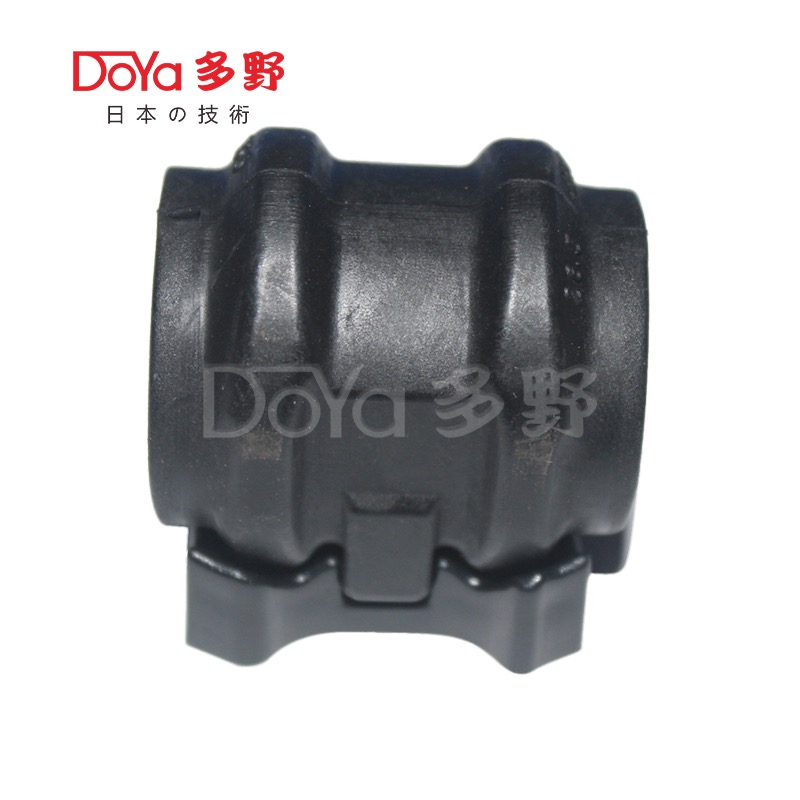Signs of Wear: Recognizing Symptoms of Worn Stabilizer Bushes in Your Vehicle
2024-03-01
Introduction:
In the intricate dance of a vehicle's suspension system, stabilizer bushes play a crucial role in maintaining stability and control during dynamic driving maneuvers. Over time, these small yet essential components can wear out, compromising their effectiveness and impacting vehicle handling. In this blog post, we'll explore the signs of worn stabilizer bushes and how to recognize them, empowering drivers to address issues promptly and ensure a safe and comfortable driving experience.
1. Excessive Body Roll:
One of the most common signs of worn stabilizer bushes is excessive body roll during cornering or sharp turns. If you notice your vehicle leaning excessively to one side when navigating curves or changing lanes, it could indicate that the stabilizer bushes are no longer providing sufficient support to stabilize the chassis.
2. Clunking or Rattling Noise:
Worn stabilizer bushes may produce noticeable clunking or rattling noises, especially when driving over bumps, rough roads, or uneven surfaces. These noises are often caused by the stabilizer bar shifting within the worn bushings, resulting in loose or unstable mounting and increased play between components.
3. Uneven Tire Wear:
Another telltale sign of worn stabilizer bushes is uneven tire wear, particularly on the inner or outer edges of the tires. As the vehicle's stability and alignment are compromised by worn bushings, it can lead to irregular tire contact with the road surface, causing accelerated wear on certain areas of the tires.
4. Steering Instability:
Worn stabilizer bushes can affect steering stability and responsiveness, resulting in vague or imprecise steering feel. If you notice increased steering effort, wandering, or a lack of feedback from the steering wheel, it could indicate that the stabilizer bushes are no longer providing adequate support to maintain proper alignment and control.
5. Excessive Noise, Vibration, and Harshness (NVH):
As stabilizer bushes deteriorate, they may fail to dampen vibrations and noise transmitted from the suspension system to the vehicle's cabin effectively. Drivers may experience increased noise, vibration, and harshness (NVH) levels, compromising ride comfort and overall driving experience.
6. Fluid Leaks or Damage:
Inspect the stabilizer bushes for signs of fluid leaks, damage, or deformation. Fluid leaks around the bushing area may indicate that the rubber or polyurethane material has deteriorated, leading to loss of lubrication and increased friction between components. Additionally, visible cracks, tears, or sagging in the bushing material are indicators of wear and potential failure.
Conclusion:
In conclusion, recognizing the signs of worn stabilizer bushes is essential for maintaining vehicle stability, control, and safety on the road. By paying attention to symptoms such as excessive body roll, clunking or rattling noises, uneven tire wear, steering instability, increased NVH levels, and visible damage or fluid leaks, drivers can identify potential issues with their suspension system and take appropriate action. Prompt replacement of worn stabilizer bushes is crucial for restoring optimal stability, handling, and ride comfort, ensuring a smooth and enjoyable driving experience for years to come.



